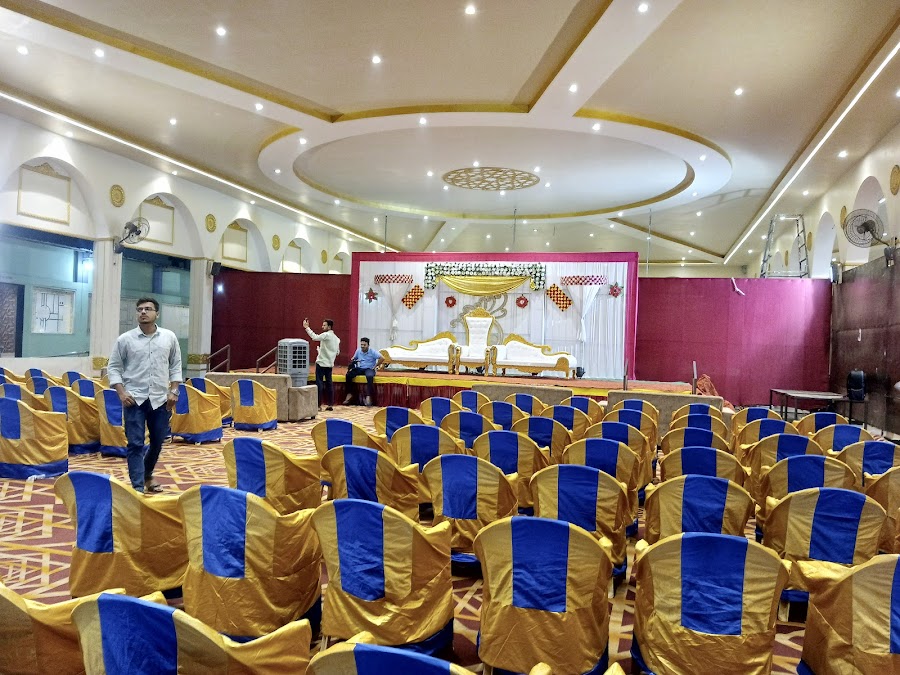
Royal Pavilion
Bidar, India
- Admire the intricate carvings on the walls.
- Enjoy the cool and refreshing cave environment.
- Experience the spiritual atmosphere of the temple.
- Explore the cave temple and natural springs.
- Take photos of the unique architecture.
Known for:
Description:
The Royal Pavilion in Bidar, also known as the Jharani Narasimha Temple Pavilion, offers a unique blend of architectural beauty and spiritual significance. Carved into laterite rock, this structure showcases intricate carvings and a serene atmosphere. Visitors can explore the network of caves and natural springs, making it an adventurous and culturally enriching experience. The pavilion is a testament to the region's rich heritage and provides a tranquil escape from the bustling city. Remember to remove your shoes before entering the temple area and be mindful of the religious sentiments of the place. The cool, damp environment inside the caves offers respite from the heat, making it a refreshing visit.
History:
The Royal Pavilion's history is intertwined with the ancient cave temple dedicated to Lord Narasimha. Legend says a devotee discovered the deity's idol in the caves. The structure itself likely evolved over centuries, with contributions from various rulers who recognized the site's importance. The architectural style reflects a blend of Deccan and Hindu influences, demonstrating the region's diverse cultural heritage. The pavilion served as a resting place and a site for royal visits and religious ceremonies. The natural spring, Jharani, adds to the site's sanctity and has been a source of water for generations. The site continues to be a revered place of worship.